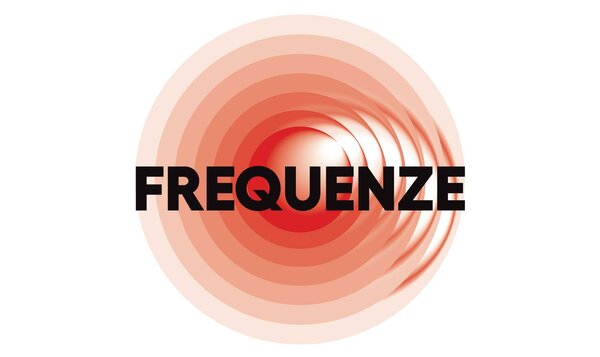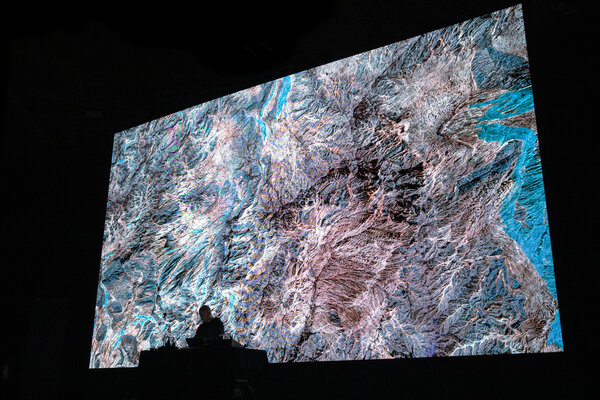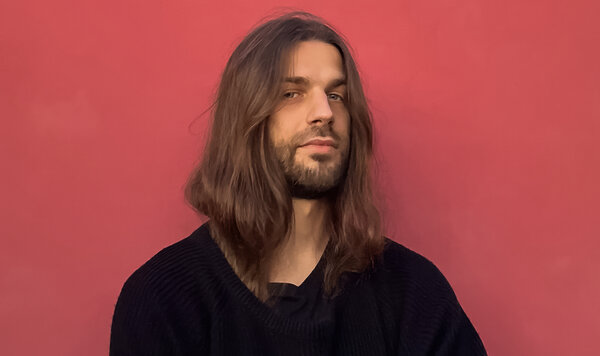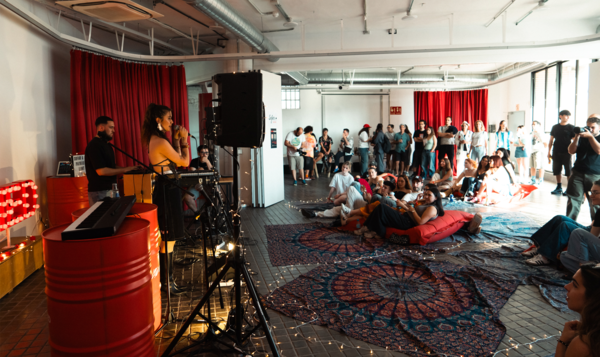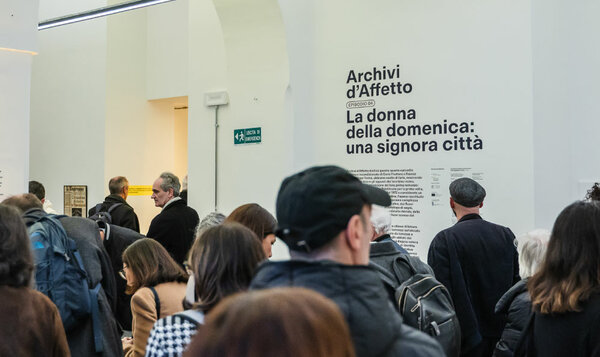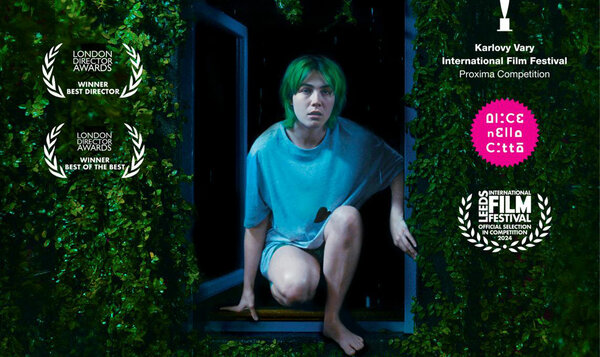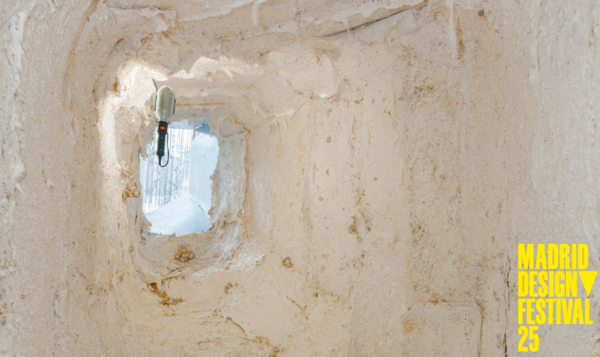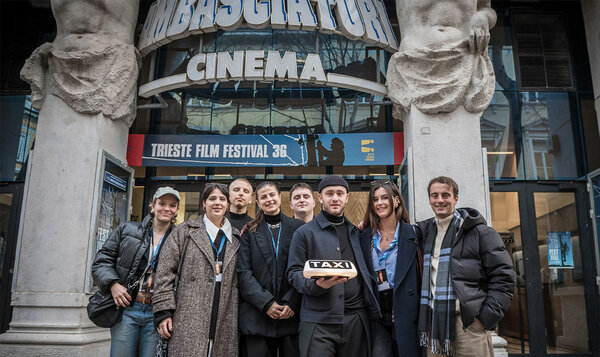Explore the core techniques of film editing – from cutting to visual storytelling, discover how editing shapes the story on the big screen.

Film editing: Techniques and tips
Date
05 May 2025
Editing is one of the most delicate and decisive stages of the filmmaking process. A well-crafted edit can completely change a film’s tone: it can make it tense, fluid, frenetic or contemplative. Every cut carries weight, and every transition between scenes can suggest an emotion, an idea, or a narrative connection.
The film editor works with time and audience attention, always seeking the right balance between clarity and intensity. Solid technical skills, a strong sense of rhythm, and a high degree of narrative sensitivity are essential for deciding what to show, when, and for how long, avoiding excess or gaps that could compromise the final outcome.
The importance of editing in cinema
Editing is the key element that organises time, space and emotion within a film, shaping the viewer’s experience and bringing the story to life. By controlling rhythm, the film editor alternates fast-paced scenes with slower moments, creating tension and using pauses to draw attention to the most significant parts of the story. This interplay of acceleration and deceleration creates high-intensity moments, the so-called climaxes, which hold the audience’s attention.
Beyond rhythm, editing manipulates narrative time: it can compress or stretch it, introduce flashbacks or flash-forwards, or leap across periods without losing meaning. In this way, films gain complexity, playing with the viewer’s perception of time.
Think of Inception by Christopher Nolan, where editing skilfully interweaves multiple levels of reality and timelines, or Whiplash by Damien Chazelle, where sharp, urgent cutting captures the full tension and energy of the musical performance.
Essential editing techniques
Film editing uses a range of techniques, from the simplest to the most complex, to build the narrative and influence the viewer’s emotions. Among the main techniques are:
- Cut – an immediate transition between two shots; the simplest and most direct edit
- Fade – fading in or out from black, often used to mark a change in time or emotion
- Cross dissolve – a gradual blend between two scenes for a smoother transition
- Jump cut – an abrupt cut that creates a clear time skip, useful for conveying disorientation or urgency
- Match cut – a visual link between two different scenes using a common element, to create continuity or symbolic associations
The true skill of the film editor lies in choosing the most suitable technique for each scene, turning simple images into a coherent and engaging story.
The video editing process
The professional editing process develops across distinct stages, each with specific objectives and tasks.
Pre-editing
This stage lays the foundation for an efficient and well-organised edit. All footage must be catalogued and organised into a clear, accessible system. A reliable backup strategy is essential to prevent data loss. At the same time, the general narrative structure is outlined by determining the order and approximate duration of scenes, to gain a complete overview of the project.
Rough cut
Here, the main scenes are assembled into a first sequence, following the established narrative structure. Perfection isn’t the goal – this is about creating the timeline and checking whether the story flows clearly. This stage also allows the editor to evaluate overall rhythm, identifying scenes that may need to be trimmed or expanded, and understanding how the viewer may experience the emotional progression.
Fine cut
At this point, the editing is refined: transitions between scenes are smoothed, and visual coherence is enhanced. The narrative rhythm is fine-tuned, with careful attention to timing and pauses to keep the viewer engaged. Early effects such as fades, cross dissolves, or minor visual enhancements are also added, in preparation for full post-production.
Advanced post-production
The final stage involves all technical adjustments that give the film its finished look and sound.
- Colour grading unifies the images, improving tone, contrast and atmosphere
- Sound design enhances the audio with effects, ambient sounds and balanced levels
- Special effects may include both visual corrections and CGI elements
- Titles, subtitles and graphics are added to ensure a polished and professional presentation
Visual storytelling and editing
Editing plays a fundamental role in visual storytelling, guiding the audience through the story, emotions, and deeper meanings. It not only builds dramatic tension through rhythm and pacing, but also helps develop characters by revealing their inner worlds and relationships without needing words.
The film editor can also use associative editing to suggest symbolic connections and layered interpretations beyond the surface sequence of shots.
Among the most effective narrative techniques are:
· Discontinuous editing – breaking the linear timeline to create disorientation and challenge the viewer’s perception of time and space
· Visual leitmotifs – recurring images or elements that evoke recurring themes or emotions throughout the film
The future of film editing
Technological innovation is transforming the editing process, introducing ever more advanced tools. AI-based editing software automates complex tasks, making the process faster and more efficient.
Real-time editing tools allow the editor to preview special effects during the editing phase, reducing post-production time. Integration with streaming platforms is driving new formats and viewing habits.
Emerging trends include:
- Vertical editing, tailored for social media
- Hybrid techniques that blend cinema and gaming for interactive experiences
- Virtual and augmented reality, which require entirely new editing approaches
- Dynamic editing, enabling real-time personalisation of content and fundamentally changing the viewer’s relationship with the story
The industry now requires editors who are versatile and capable of mastering both the technical and creative aspects of editing.
IED’s courses in Video, Cinema and Sound design offer a well-rounded education covering all these dimensions, preparing students to succeed in a field that is constantly evolving.
Through practical learning and collaboration with professionals, students can develop the skills required to meet the challenges of contemporary editing.
